Low Impact Development Practices
Low Impact Development Practices
The strength of Low Impact Development (LID) is that it mimics the natural hydrologic cycle, moving water into the ground similar to the way it did before houses or parking lots were built. Development primarily interferes with the ability of stormwater to soak into the ground. “Greener” construction practices involve techniques and specifications that differ from traditional stormwater management. LID is rapidly becoming the new norm in Ontario.
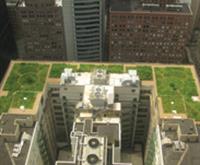
Green Roofs
Many of the benefits of green roofs are achieved by the natural capacity of vegetated systems to regulate climate and promote efficient cycling of water. Replacing vegetation and trees with dark, heat absorbing building and construction materials results in more hot, smoggy days and greater energy demand. By putting vegetation back into urban areas, green roofs help the natural regulatory functions of the environment to start working again.

Permeable Pavement
Building parking lots, driveways and roads using permeable pavement helps to restore natural infiltration to the landscape and reduce impacts to watercourses by allowing rainwater to slowly infiltrate into the ground. Some contaminants are removed from the stormwater as it infiltrates slowly through the gravel sub-base and into the native soil.
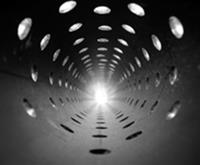
Perforated Pipe Systems
Perforated pipe systems are usually combined with other pre-treatment best management practices such as vegetated swales or sediment traps to avoid clogging with sediment or hydrocarbons. Pollutants are filtered out of the stormwater as it infiltrates into the surrounding soils and the runoff helps to sustain groundwater recharge and maintain baseflows in nearby streams.
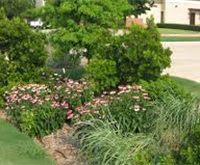
Bioretention and Rain Gardens
Bioretention is a stormwater infiltration practice that treats runoff from paved areas by using the natural properties of soil and vegetation to remove contaminants. Other names commonly used for these types of practices include rain gardens, bioswales, dry swales, stormwater planters and biofilters. This practice has the potential to provide significant improvements in contaminant removal over other stormwater infiltration practices due to the added treatment benefits of microbial activity and plant uptake. By increasing infiltration and evapotranspiration, bioretention systems also help to recharge groundwater and reduce
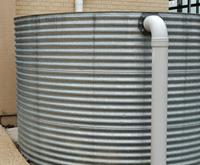
Rainwater Harvesting
Rainwater harvesting is the process of collecting, storing and re-using rainwater that falls on a hard surface, typically a roof. Rainwater harvesting is a LID practice, which means that it provides opportunities for stormwater runoff to be filtered and infiltrate into the ground in an urban environment, helping to maintain the natural water cycle. Two common types of rainwater harvesting are rain barrels and cisterns.
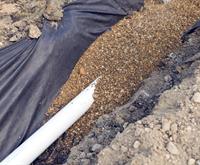
Soakaways, Infiltration Trenches and Chambers
Soakaways, infiltration trenches and chambers are LID techniques that typically consist of sub-surface reservoirs that store and infiltrate stormwater runoff. These techniques infiltrate runoff from roofs, walkways, parking lots, and are a useful for sites with limited space.
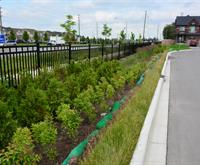
Enhanced Grass Swales and Dry Swales
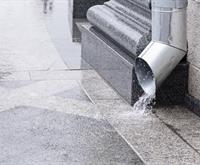
Downspout Disconnection
![]() Who to Contact
Who to Contact
Steve Auger
Stormwater Management Coordinator
✆ 905-895-1281
✆ 1-800-465-0437 Toll free
✉ s.auger@LSRCA.on.ca
